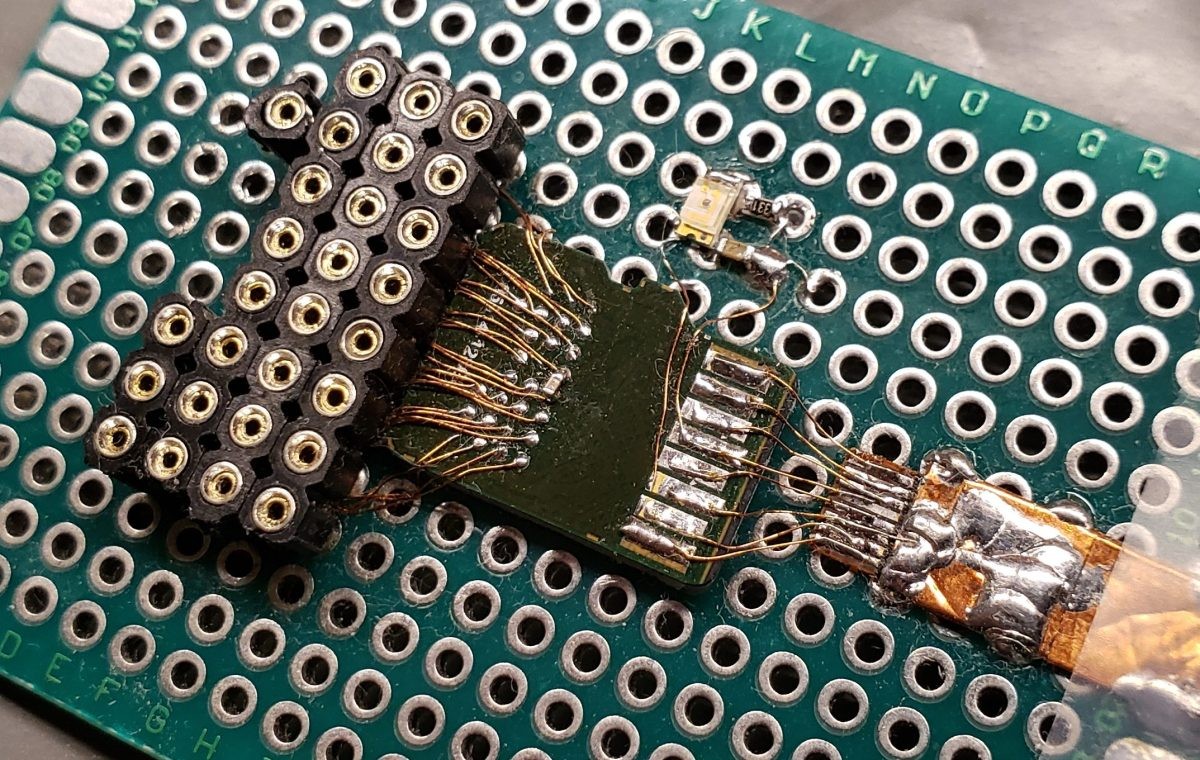
A deep technical investigation has uncovered that SanDisk's High Endurance microSDXC cards utilize SanDisk/Toshiba 3D TLC Flash memory technology, despite the company's reluctance to publicly disclose these specifications.
Through meticulous reverse engineering and analysis of the card's internal components, researchers were able to identify the specific NAND Flash memory type by examining test pads and analyzing bus signals. The investigation revealed a NAND Flash ID of 0x45 48 9A B3 7E 72 0D 0E, confirming the use of BiCS3 3D TLC NAND Flash technology.
The 128GB card contains four 32GB Flash chips internally, with each chip featuring 8 planes and a block size of 12MB. The page size was determined to be 16KB excluding spare area. These specifications point to modern 3D NAND architecture that provides improved endurance compared to traditional planar NAND designs.
When contacted, SanDisk's support team was unable to provide detailed specifications about the cards' internal components beyond what is listed in public documentation. This lack of transparency prompted the extensive reverse engineering effort.
The investigation required building a custom breakout board to access the card's test pads and analyze bus signals using logic analyzers. This allowed researchers to send commands directly to the NAND Flash and extract identification data, though some of SanDisk's proprietary data structures remained obscured.
While the analysis confirmed the use of advanced 3D NAND technology that could enhance the card's endurance, questions remain about whether the controller implements SLC caching mechanisms for write operations. The investigation highlights how manufacturers often keep technical details of their products confidential, requiring extensive engineering work to uncover basic specifications.
This technical deep-dive provides rare insight into the internal architecture of modern high-endurance memory cards, even as manufacturers maintain strict control over detailed specifications of their products.